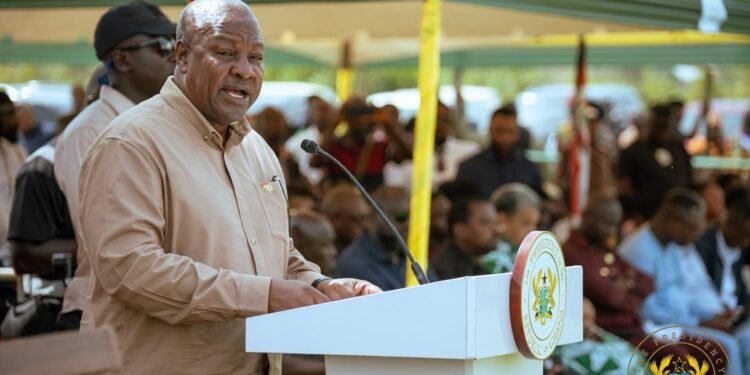The first half of the year has seen a marginal downward spiral of average lending rate in the country which most often do not change in the direction of the policy rate, even though that should have been the case. Data from the Bank of Ghana show that average lending rate has gone down by 0.36% in the first half of the year.
Meanwhile, this trend started even before the Monetary Policy Committee of the Bank of Ghana decided to cut its policy rate in May. This is because average lending rate went down from 21.02% in February to 20.96% in March 2021, and then declined further to 20.93% in April. In May, the average lending rate was 20.85 %, a marginal decline from the previous month’s cost of borrowing. However, a month after the unexpected cut in the policy rate, average lending rate declined to 20.61 % in June 2021.
Whilst it may be too early to credit the cut in the policy rate for the recent reduction in average lending rate in the country, the decision by the Central Bank to take the bull by the horn could have played a part in the current development.
Recent trends in average lending rates
A critical examination of the data from the Bank of Ghana show that between February and March, the average lending rate declined by 0.06%. It then reduced by 0.03% in April and further declined by 0.08 percentage points in May. However, after the cut in the policy rate from 14.5% in April to 13.5% in May, average lending rate declined by 0.24% in June, the biggest decline so far in 2021.

Moreover, a similar trend has been observed when the current average lending rate is compared to the corresponding period in 2021. As of the end of June 2020, the average cost of borrowing in the country was 21.95%, meaning that in absolute terms, lending rate went down by 1.34% over the past one year.
This is a substantial reduction since lending rates in the country are sticky downwards over the years. Meanwhile, so far in 2021, February recorded the highest average lending rate of 21.02%, higher than the mid-year average of 20.89%.
Genesis of a lower lending rate
Even though marginal, the observed current downward trend in average lending rate may signal the genesis of a reduction in the cost of borrowing in the country which has been the major constraint to Ghanaian Businesses over the years.
The cost of credit in the country is still very high as compared to some other countries on the African continent, as such the business community has expressed worry about its ability to take advantage of the African Continental Free Trade Area (AfCFTA) under the current environment.
For instance, the Ghana Traders Association (GUTA) has on several occasions petitioned the government to ensure a reduction in the cost of borrowing which the association believes, is crippling Ghanaian businesses, especially in the face of the pandemic.
Whilst government policy may play a role, major credit risk factors still exist which may provide a justification to why private sector credit experienced a sluggish annual growth of 6.8 % as of End-June 2021.
One of such risks is Non-Performing loans which have gone up from 16.8 % in May to 17.0% in June 2021. Another major risk to private sector credit is the high percentage of banks holding sovereign debt in the country, which the IMF currently warns that it may crowd-out private sector investment if not moderated. This is one area where government policy may play a significant role.
READ ALSO: Employment Ministry woos private sector support for job creation























